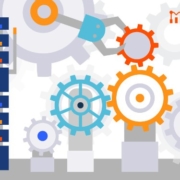In 2020, you can’t be a B2B company without having an API program. Whether your API is the product or APIs are leveraged to enable additional integrations and functionality for your web app.
Even though an SDK could seem simple in terms of lines of code, SDKs need to be reliable and handle scale with ease. A poorly designed SDK could cripple your customer’s infrastructure and reduce trust in your service. At Moesif, we put a lot of effort into creating SDKs that are both high performance while adding in fail-safes in case bad things happen. This article walks through some of those practices. Given Moesif is an API analytics service, some of these practices are specific to high-volume data collection. However, other features are applicable regardless of your SDK purpose.










